The greatest motorcycle ever.
With 100 million made and counting it’s great news that Honda’s Super Cub motorcycle is being reintroduced in the US. The original dates from 1958.
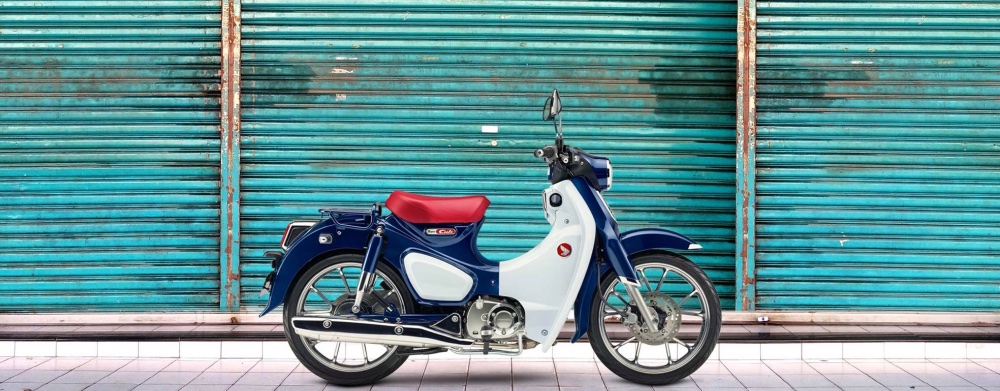
The original ‘step through’ bike. This is the new version.
The step through design meant that ladies did not have to show their undergarments to all and sundry when getting on – or getting off for that matter – and Honda paired the roll-out with the greatest motorcyle campaign ever.
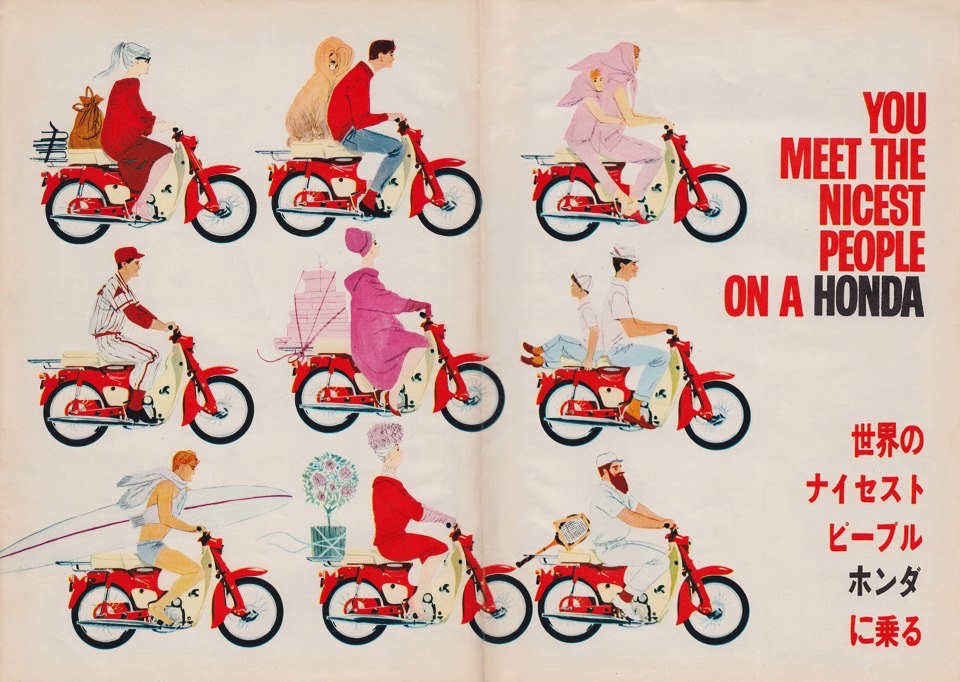
The greatest bike ad ever – June 1963.
The Super Cub was revolutionary in so many ways it’s hard to know where to begin. It had a four stroke engine whose low compression ratio made the use of the lowest octane gas possible and obviated the need for an electric starter, which was an option. The plastic fairing, a first, provided excellent weather protection for the rider and the top speed of 40+mph was all you needed in crowded western and eastern cities. The chain was enclosed to keep oil off the rider’s legs and the DIY maintenance was so simple anyone could perform it. The semi-automatic gearbox deleted that pesky clutch, meaning even women could ride the Super Cub when not in the kitchen or in labor.
But it was that magical advertising campaign which made all the difference. Watch The Who’s ‘Quadrophenia’ and you see warring mods – on scooters and neatly dressed – fighting rockers – on bikes and in leather jackets – beating one another up in Brighton. What else was there to do in early 1960s London on a weekend, after all? Then along comes Honda with this:
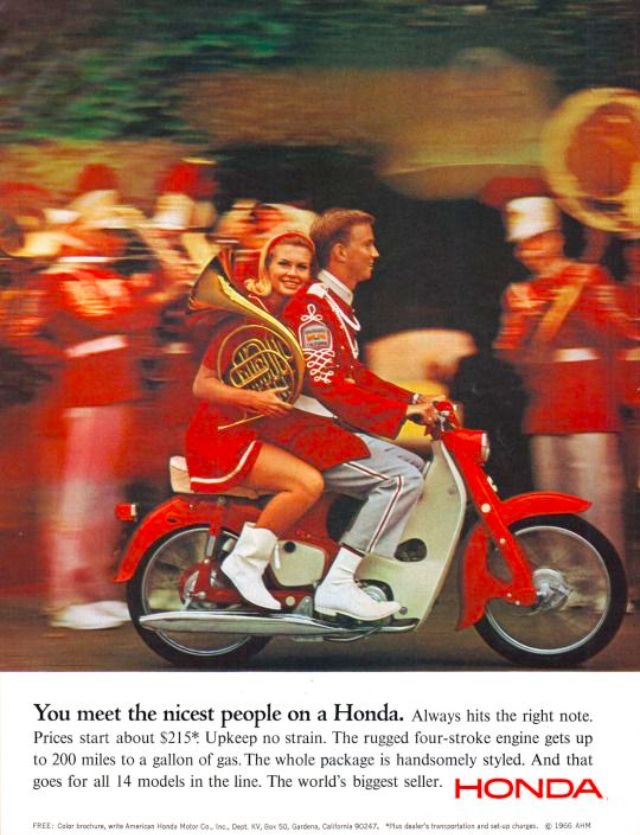
Not just for poor eastern nations.
This was fun transportation for people who did not have grease in their hair or under their fingernails and who dressed like nice preppies in upper end western hemisphere culture.
That $215 in 1966 was actually a bargain. Using CPI data that computes to $1,675 today whereas the Super Cub is coming back to the US at $3,599. But you get a tremendous increase in technology and reliability compared with the already reliable original. The 50cc engine is now 125cc, the brakes are hydraulic disks, not drums, all lighting is LED, ABS is standard and was but a dream 50 years ago, the wheels are cast not spoked and the tires are the far safer tubeless variety as a result. Fuel injection? But of course.
My Honda scooter, bought 15 months ago and now with 2,000 miles on the clock may look fancier but the Super Cub is a classic.
Do the environment a favor and help destroy Middle East and Russian hegemony over oil supplies. Get a Super Cub and extend your life expectancy.
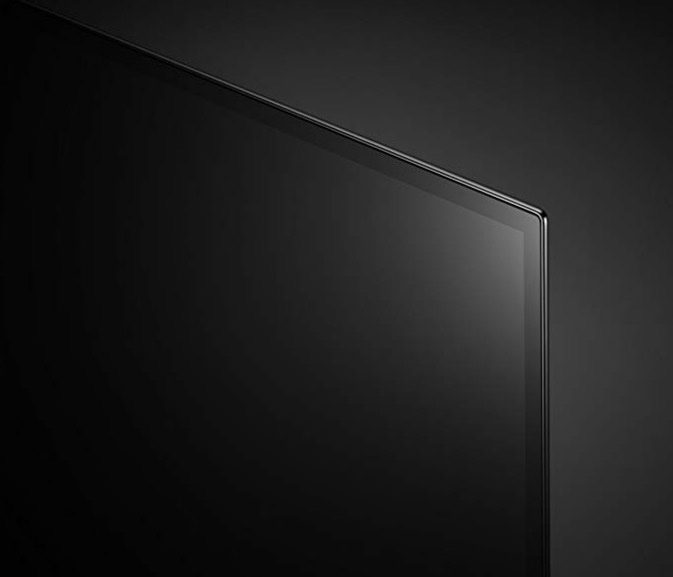
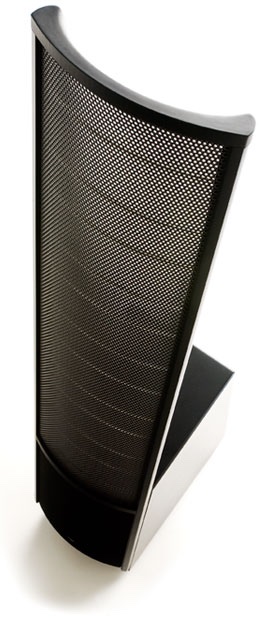
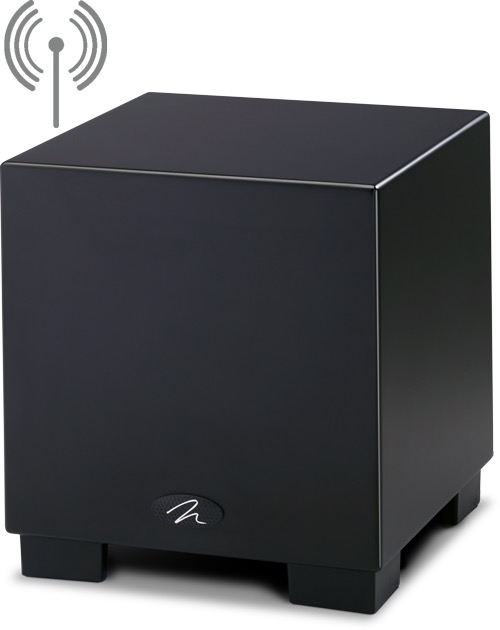
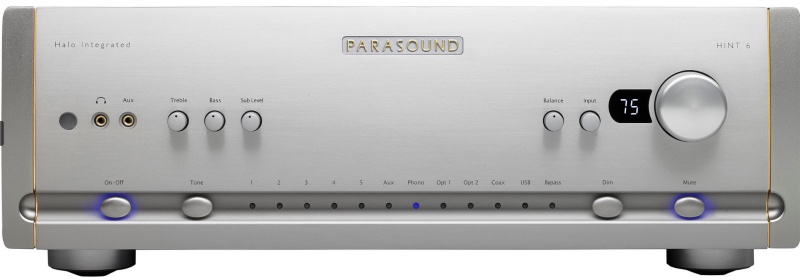
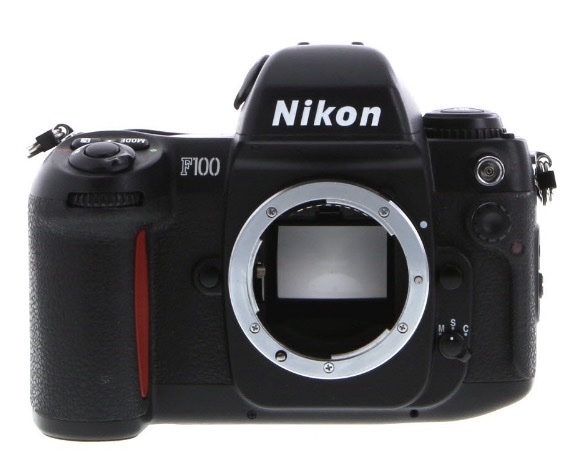
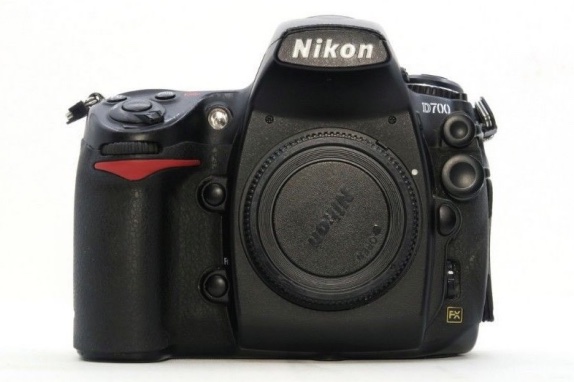
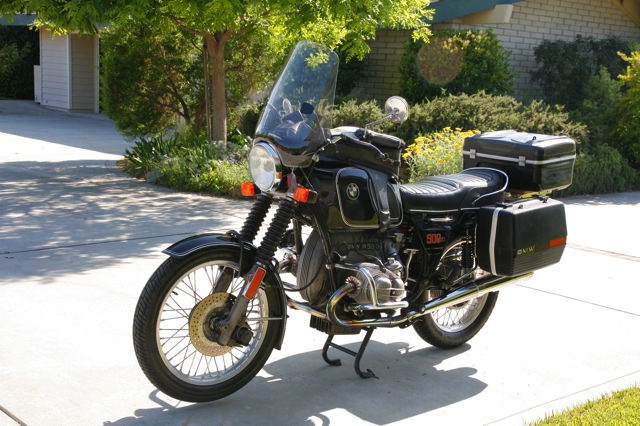

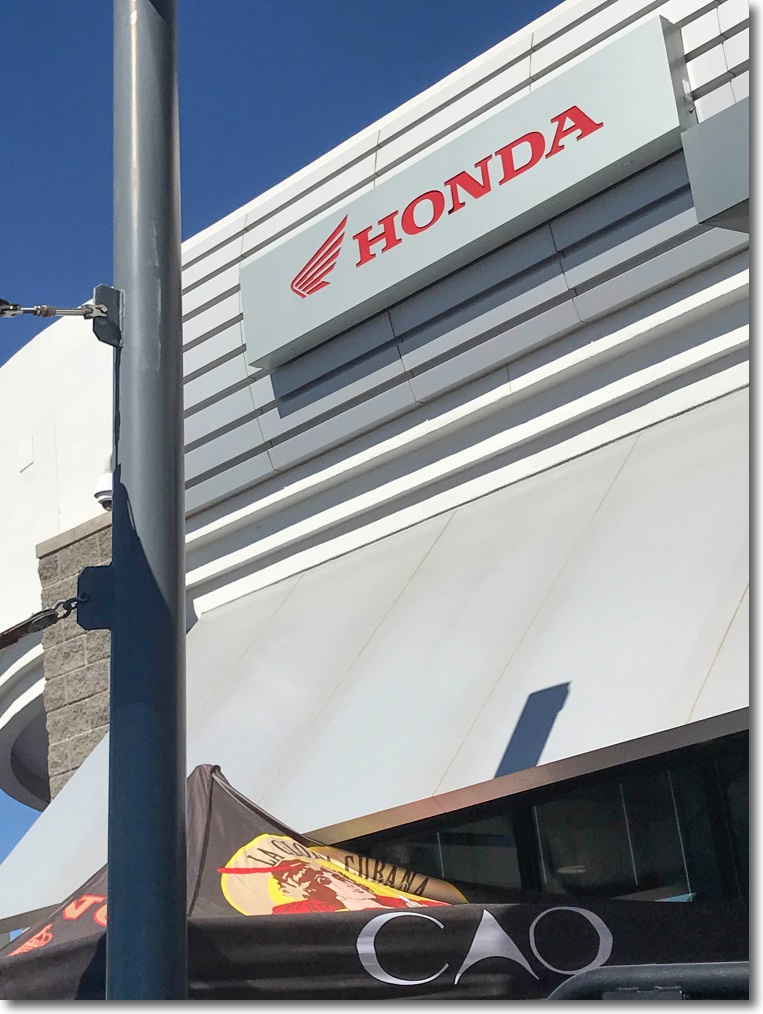
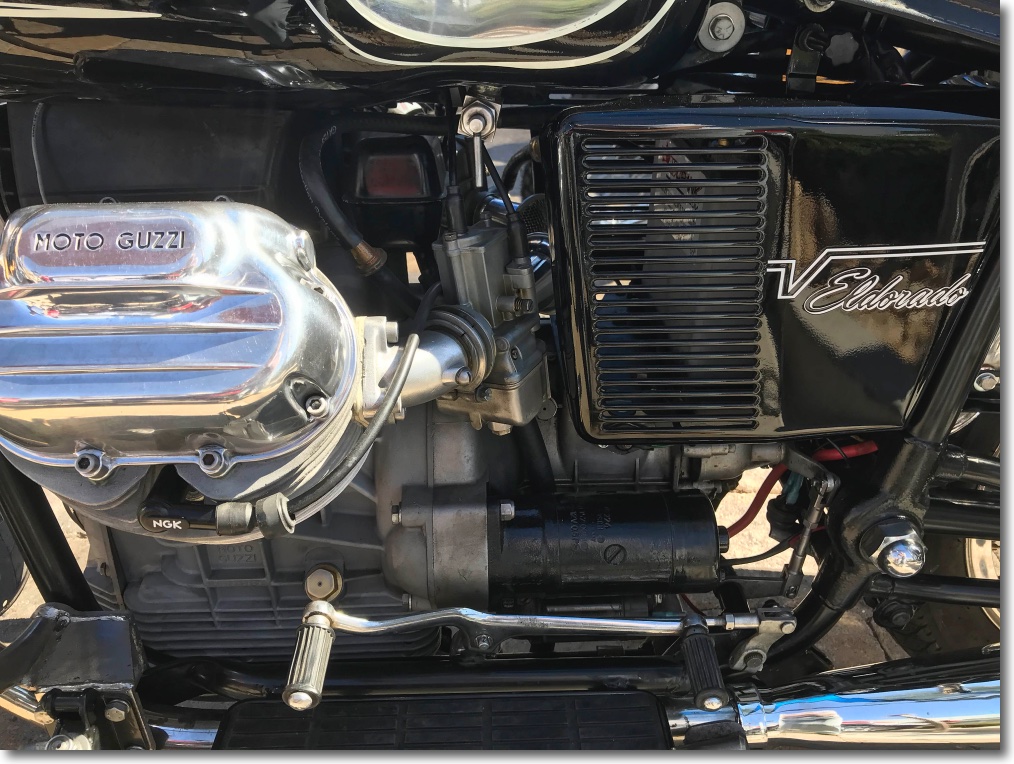
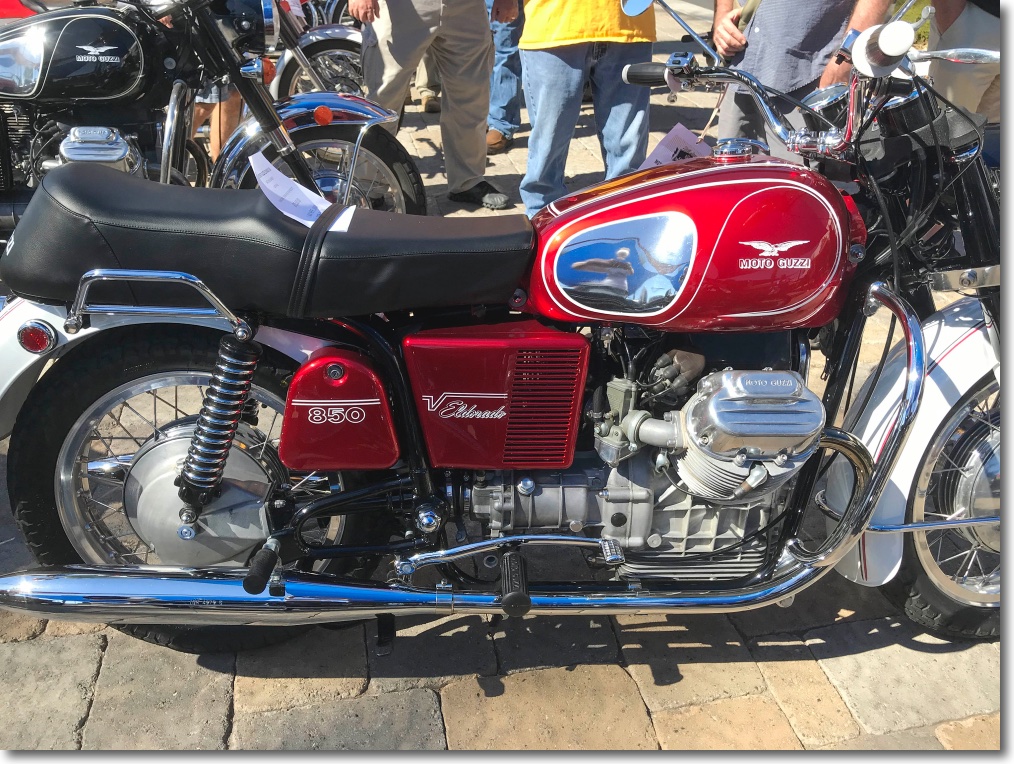
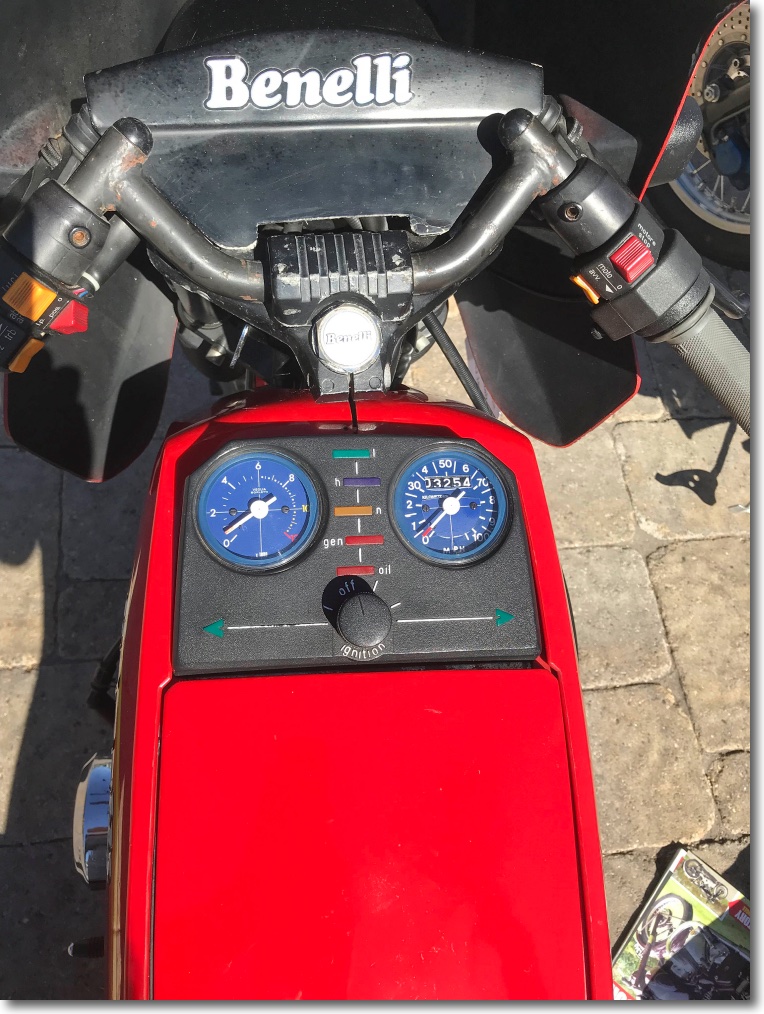
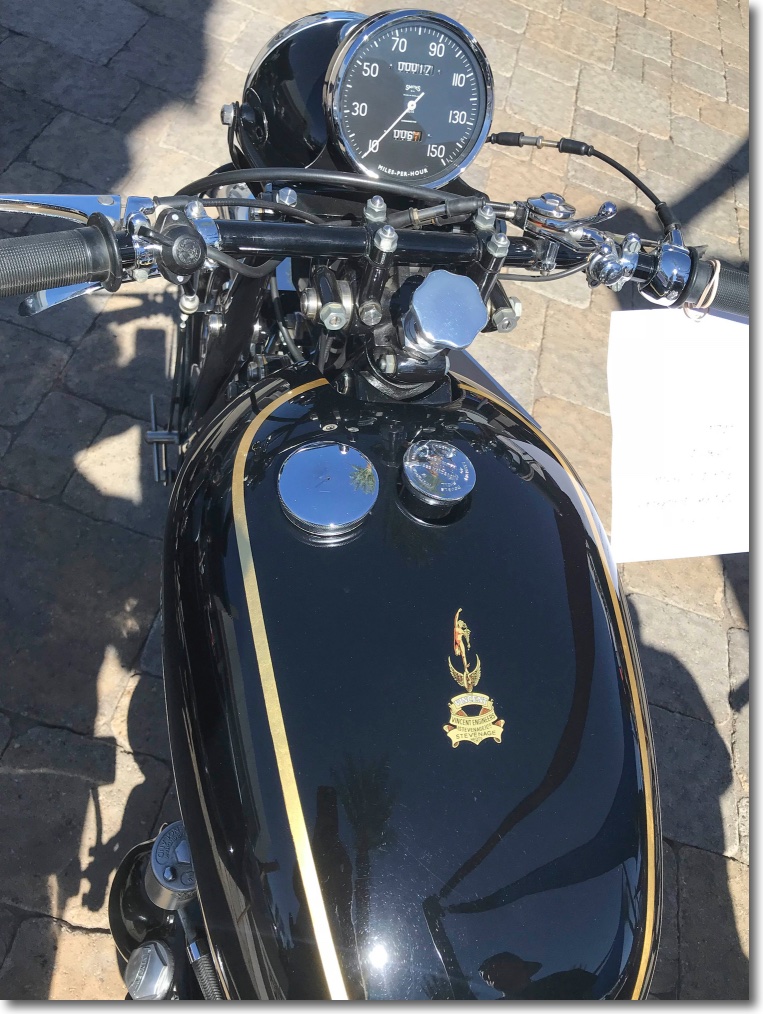
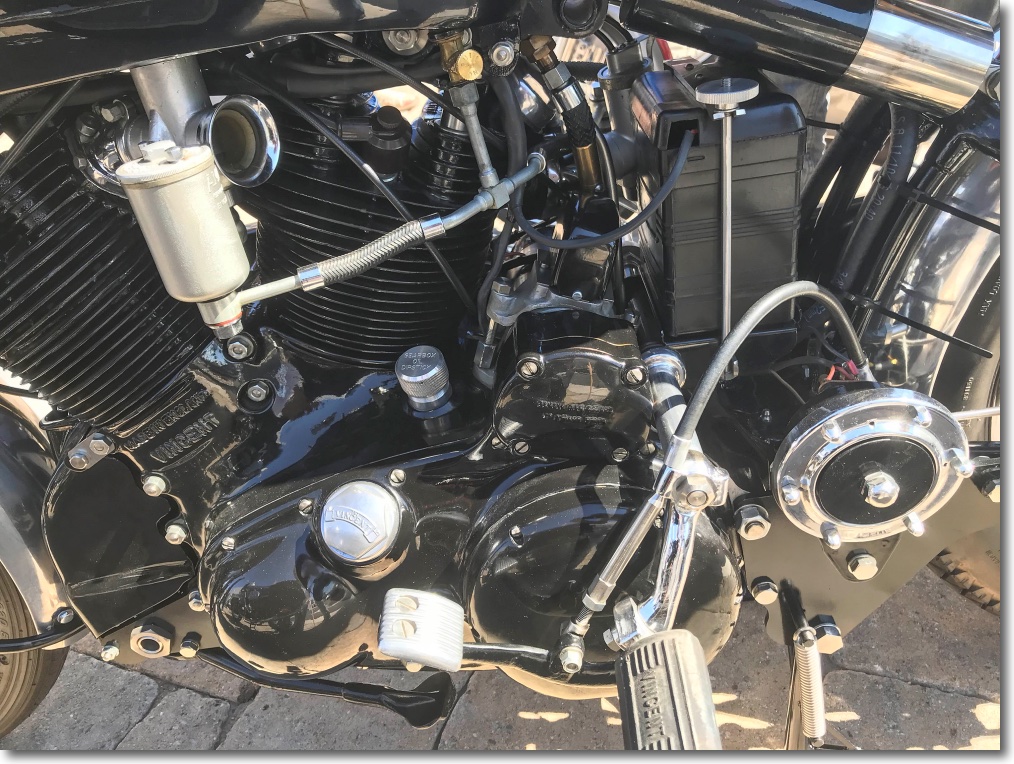
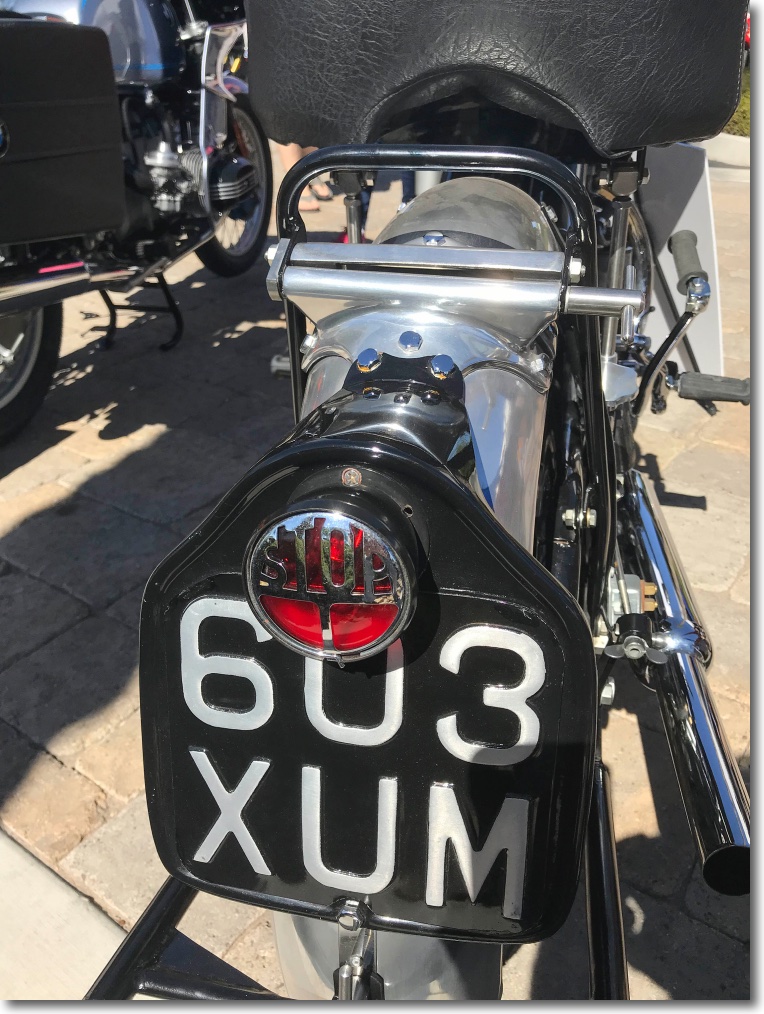
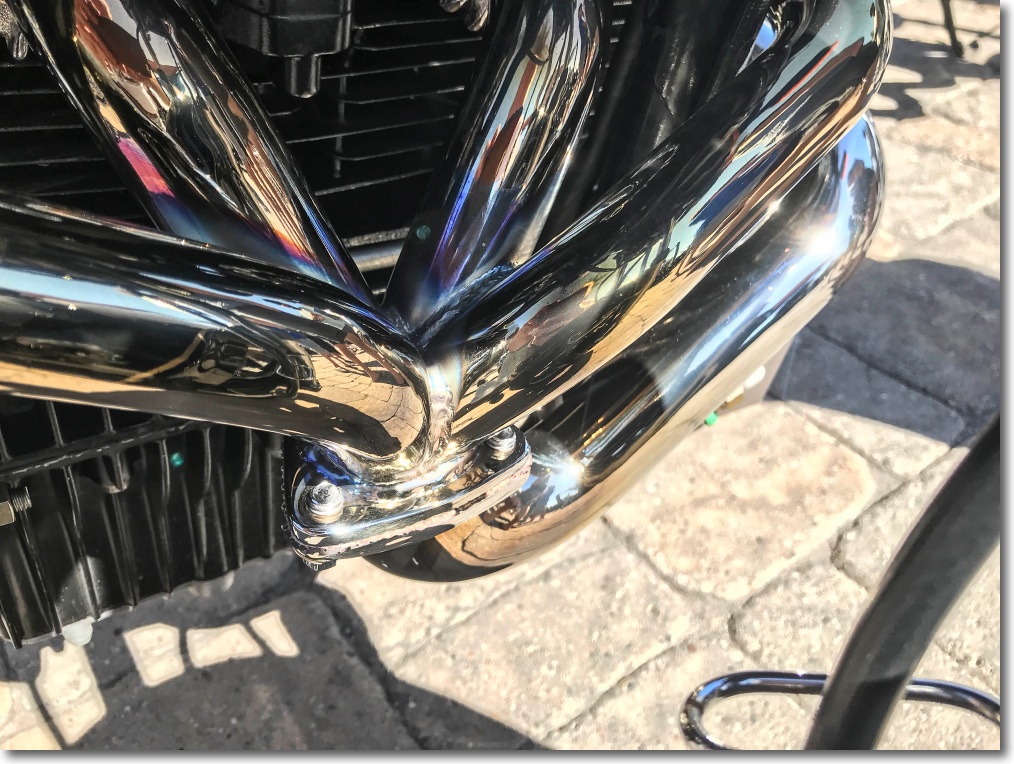
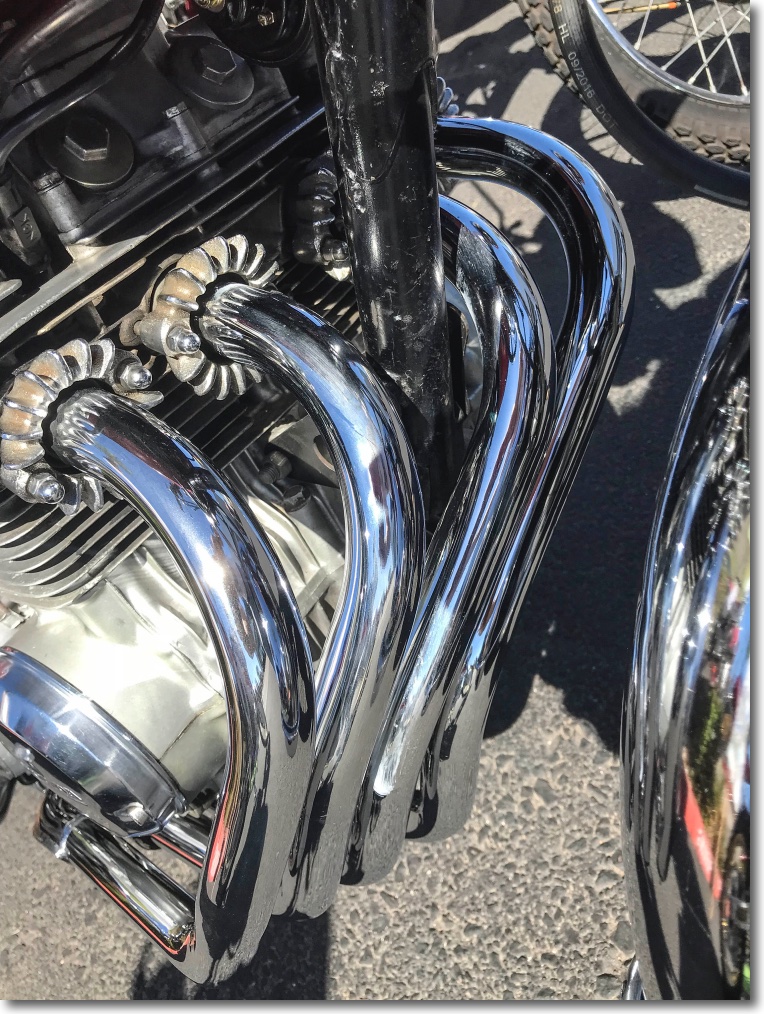
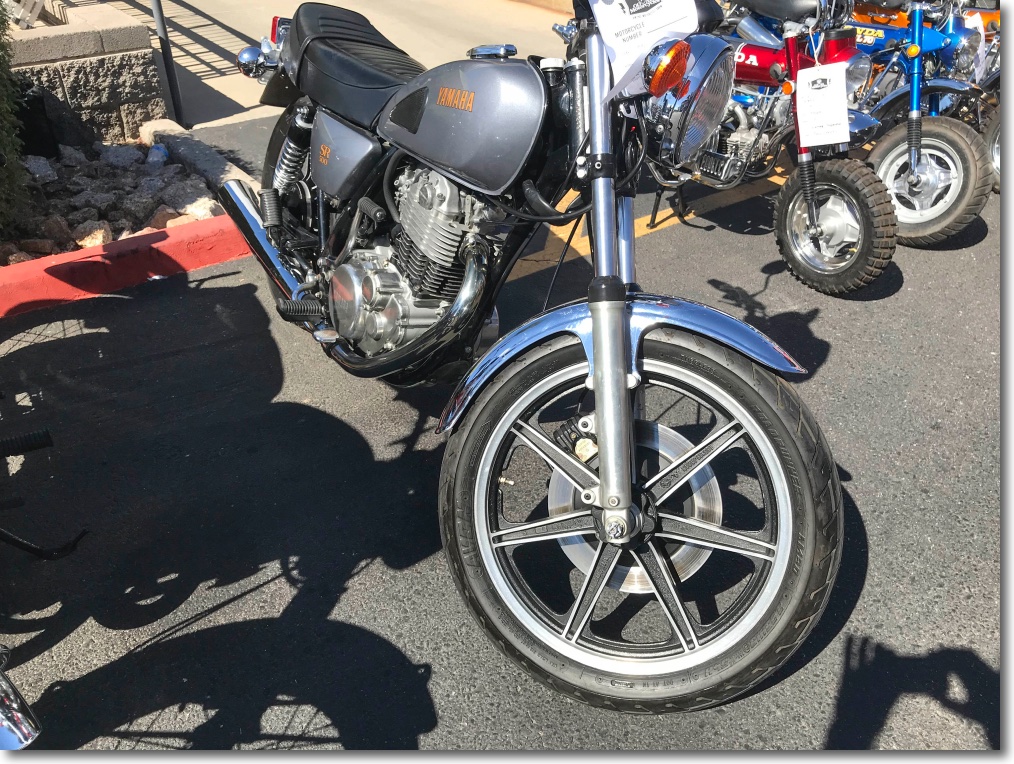
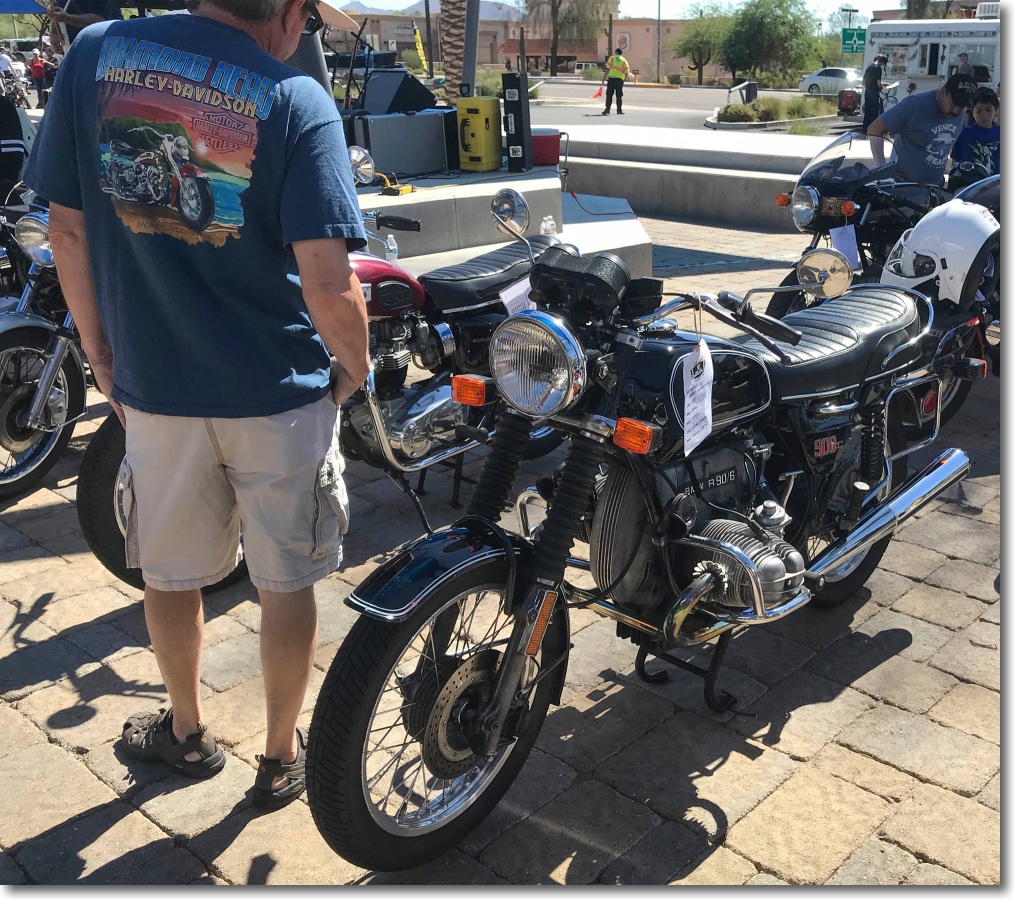
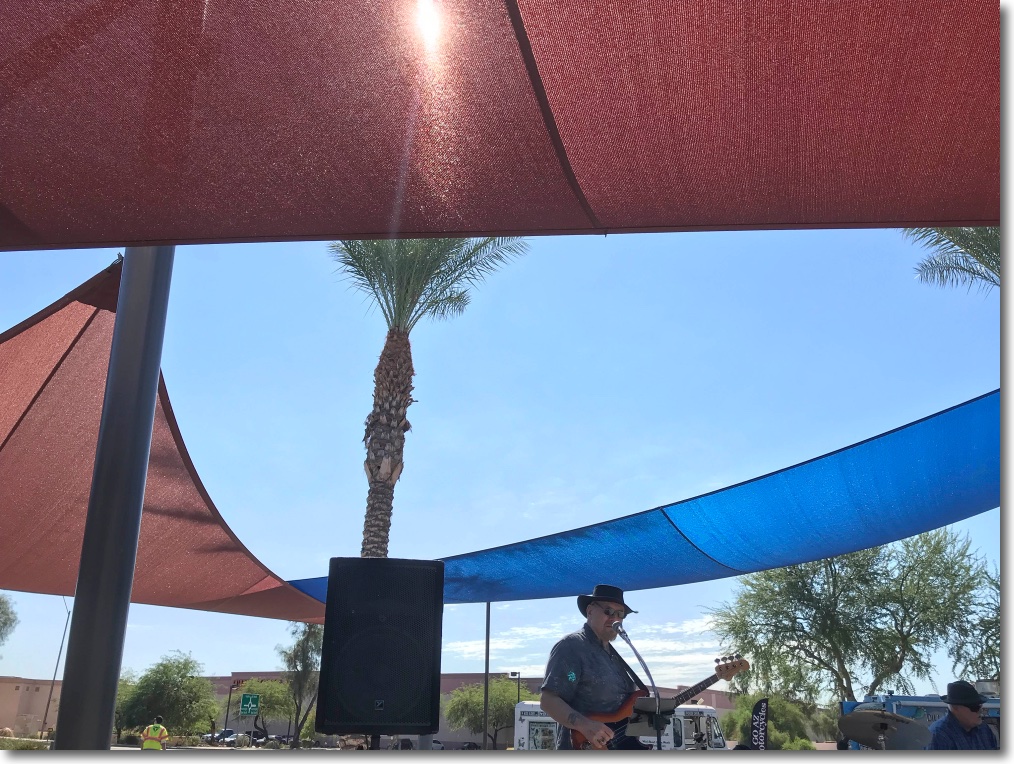
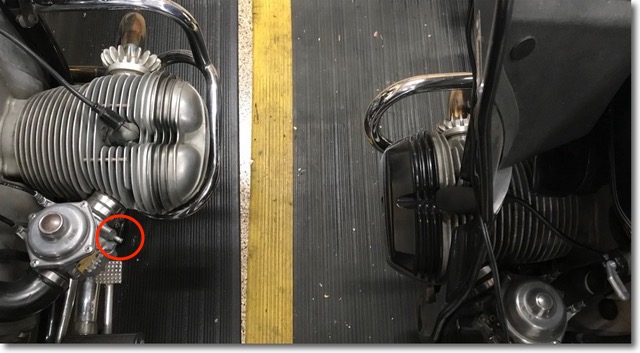
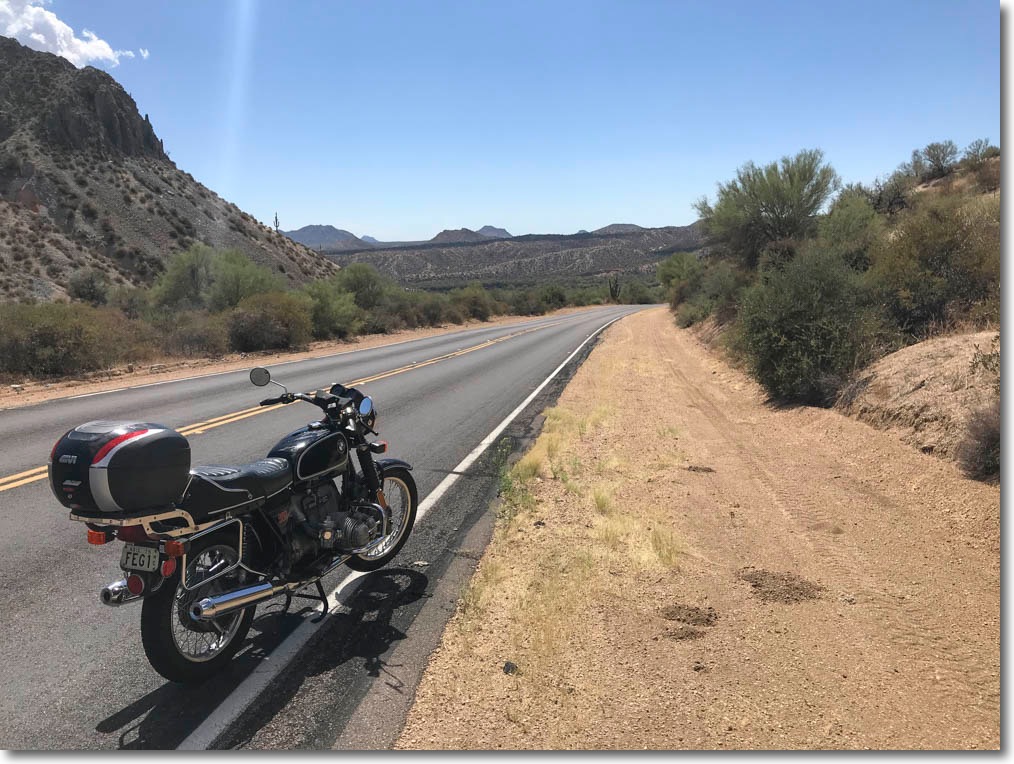

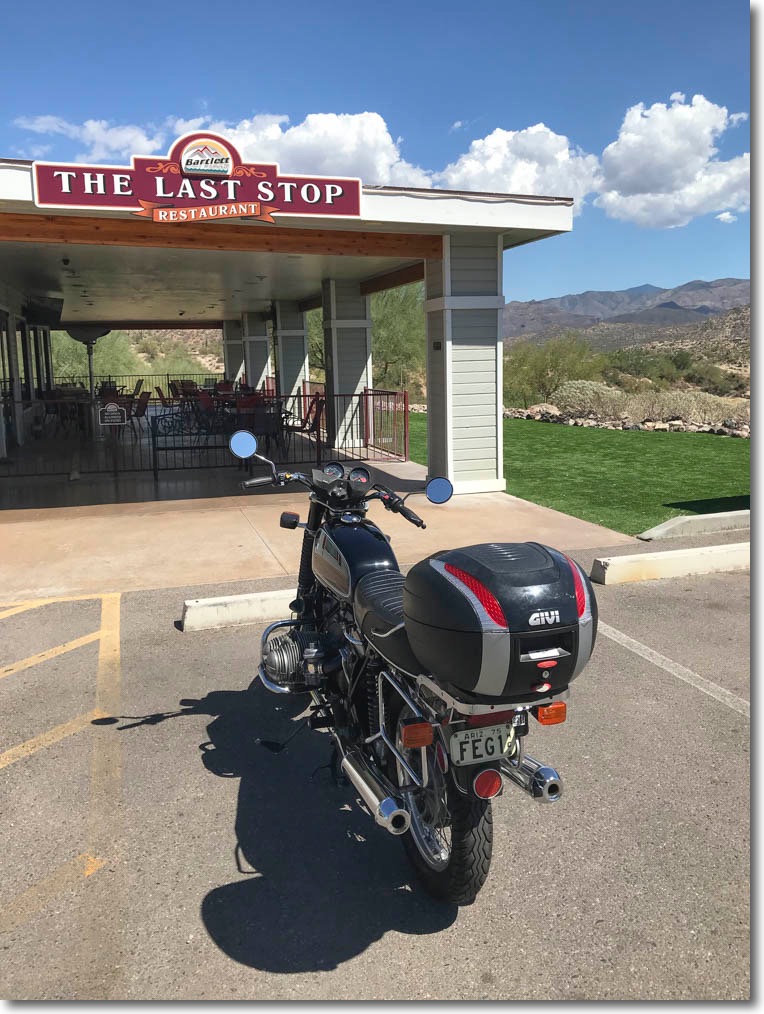
 Boat and JetSki rentals are available.
Boat and JetSki rentals are available.